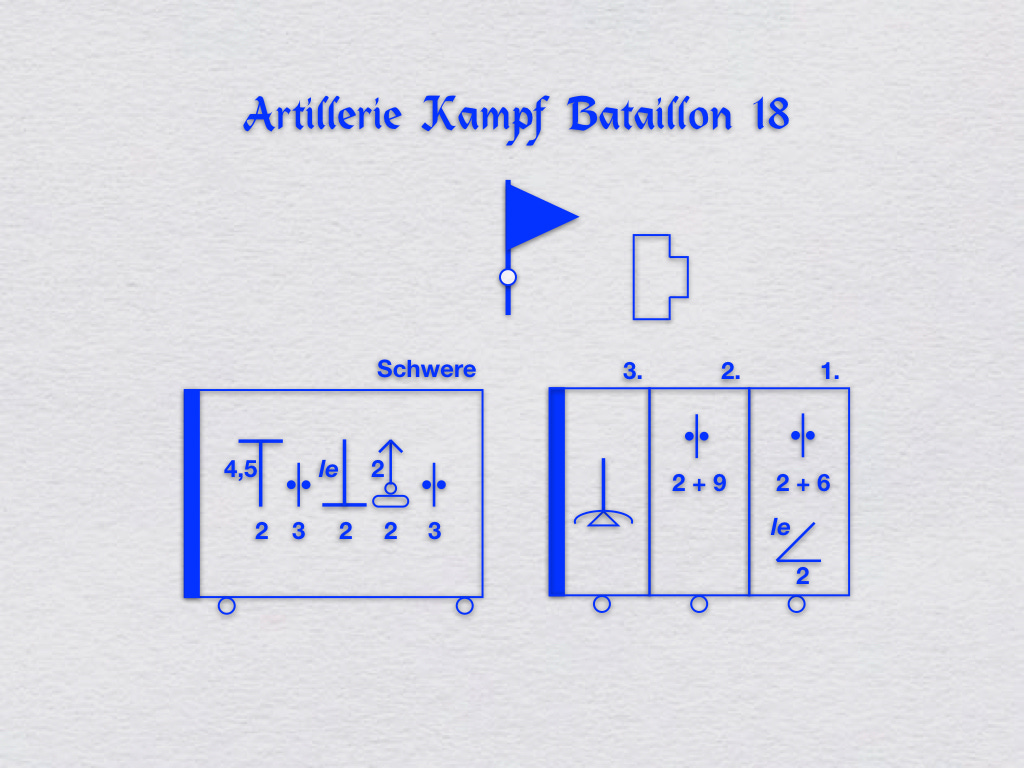The "Artillery Battle Battalion" of the 18th Artillery Division
Armies of the Second World War
To encourage Soviet tanks to move slowly (thereby presenting a better target), the batteries of the 18th Artillery Division laid mines. To be more precise, each battery employed a “mine team” (Minentrupp) to place anti-tank mines in places that Soviet tanks might be inclined to visit. Composed of one non-commissioned officer and three gunners, these teams were composed of artillerymen who had been tutored in the art of mine-laying by proper pioneers.
To deal with individual tanks that had managed to survive the combination of anti-tank mines and the fire of field pieces, each battery also organized an “anti-tank close combat team” (Panzernähbekampfungstrupp.) The exact organization of these teams is lost to history. However, their title suggests that they were armed with such things as Teller mines, shaped-charge grenades, and early versions of the Panzerfaust. (In January of 1944 the mishandling of these unfamiliar weapons resulted in two accidents.)
For additional help in the fight against Soviet tanks, tank riders, and riflemen, the 18th Artillery Division improvised a quick reaction force. Composed of men (ideally volunteers) supplied by all other units of the division, this Alarm Battalion (Alarmabteilung) bore a slight resemblance to the grenadier battalions of contemporary infantry divisions. However, rather than three line companies and a heavy company rich in 120mm mortars, it had but two rifle companies and a heavy company armed with an eclectic assortment of heavy weapons. (In particular, the heavy company consisted of a platoon of pioneers, three 45mm anti-tank guns, two 75mm infantry guns, and three track-mounted 20mm anti-aircraft guns.)
In the course of the first few months of its existence, the quick reaction force lost some of its heavy weapons, gained a new name [Artillerie Kampf Bataillon 18], and sacrificed elements of its two line companies for the sake of a Tank Destroyer Company [Panzerzerstörer Kompanie.] The latter was armed with the German copy of the American bazooka, an 88mm rocket launcher with the rather grandiloquent name of “tank terror” [Panzerschreck.]
Sources: Wolfgang Paul, Geschichte der 18. Panzer Division 1940-1943 mit Geschichte der 18. Artillerie-Division 1943-1944, (Reutlingen: Preußischer Militär-Verlag, 1989), pages 288-291 and documents of the 18th Artillery Division on file at the U.S. National Archives, Captured German Records, Microfilm Series T-315, Roll 704



